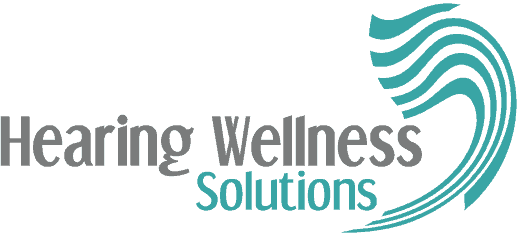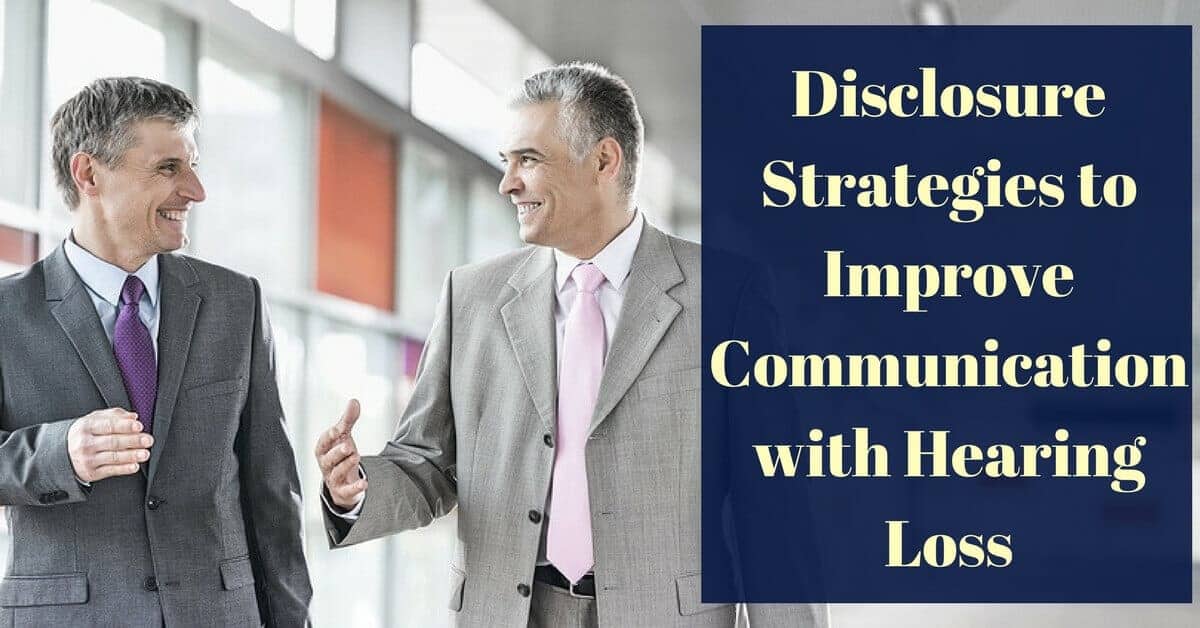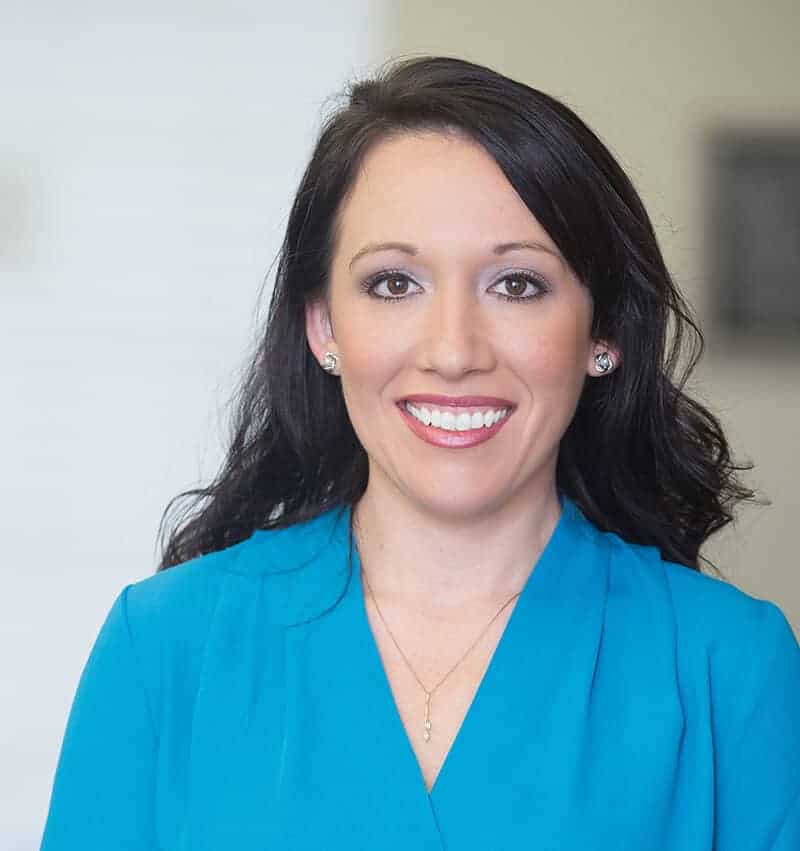Hearing loss aside, ask yourself: what kind of communicator am I? Are you the type of person who keeps things to yourself or do you prefer to process things with your friends and loved ones?
If you have a hearing loss, you are not alone. As the third most common medical condition, hearing loss affects approximately 20% of the American population. Identifying and treating hearing loss is an important part of your overall health and well-being. Because hearing loss is an invisible condition, people tend to obscure their experience.
A recent study shows that the way you communicate about your hearing loss can greatly influence your experiences with people. Let’s take a look at the different types of disclosure and how they affect accommodation when it comes to hearing loss.
Study: Disclosure Methods and Hearing Loss
In 2015, the Massachusetts Eye and Ear conducted a survey on disclosure strategies on hearing loss to determine whether the strategies affected future communication. Researchers surveyed 337 participants, who took a 15-minute survey to gather information about how they let others know about their hearing loss. Results were published in the journal, Ear and Hearing, with the goal to enlighten hearing healthcare providers on ways to support their clients in their journey to better hearing.
According to senior author, Dr. Konstantina M. Stankovic, “Health care providers are in a key position to help patients learn how to disclose their hearing loss. We can educate them on the disclosure strategies we report in our study, which may help them gain the confidence they need to disclose their hearing loss and improve communications with others.”
In this study, researchers found that participants could be categorized in three main groups: non-discloser, basic discloser, and multi-purpose discloser. These three main types of disclosure lead to varying consequences on communication.
The Three Types of Disclosure Methods
From results recorded in this survey, Jessica S. West, a sociologist at Duke University and another author on this study, categorized respondents into three main methods of disclosing their hearing loss to others.
Non-Disclosure
People who went the non-disclosure route avoided discussing their hearing loss completely. Rather than mentioning the presence of a hearing loss, non-disclosers will say, “I can’t hear you. Please speak up.” With non-disclosure, people tend to use language that normal-hearing folks may use, with no mention of hearing loss whatsoever.
Basic Disclosure
Basic disclosure gives a basic amount of information, and not much else. A basic discloser with hearing loss might say, “I am partially deaf due to an infection I had as a child.” This statement indicates to others that a hearing loss is present and that you may require accommodation while communicating, but it does not give any specific information on what others can do to accommodate you.
Multi-Purpose Disclosure
Multi-purpose disclosure is a method that both reveals your hearing loss and gives people a suggestion for accommodation. People who are multi-purpose disclosures might say something such as, “I don’t hear as well out of my left ear. Please walk on my right side.” This suggestion indicates to people what they can do to better communicate with you.
Multi-Purpose Disclosure Recommended as Best Method for Communication
It should come as no surprise that multi-purpose disclosure is the most useful way to communicate your hearing loss with others. Multi-purpose disclosure facilitates an open and active line of communication and understanding between you and your friends and loved ones.
Researchers have begun to develop a resource guide that outlines ways to better communicate hearing loss. “We think it is empowering for patients to know these strategies, and especially the multi-purpose disclosure strategy, are available to them,” says Dr. Stankovic. “Hearing loss is an invisible disability; however, asking people to slow down or face someone with hearing loss while speaking may improve communication.”
Healthy and clear communication is fundamental to healthy relationships. With untreated hearing loss, there is a risk for social withdrawal, isolation, anxiety, and depression. By taking the reins and disclosing your experience with hearing loss, you are taking the first step toward forging better communication with your community.
If you are experiencing changes in your hearing and have not yet taken a hearing test, contact us at Hearing Wellness Solutions today. We provide comprehensive hearing tests and hearing aid fittings, and we will help you regain clearer communication.


